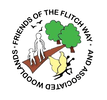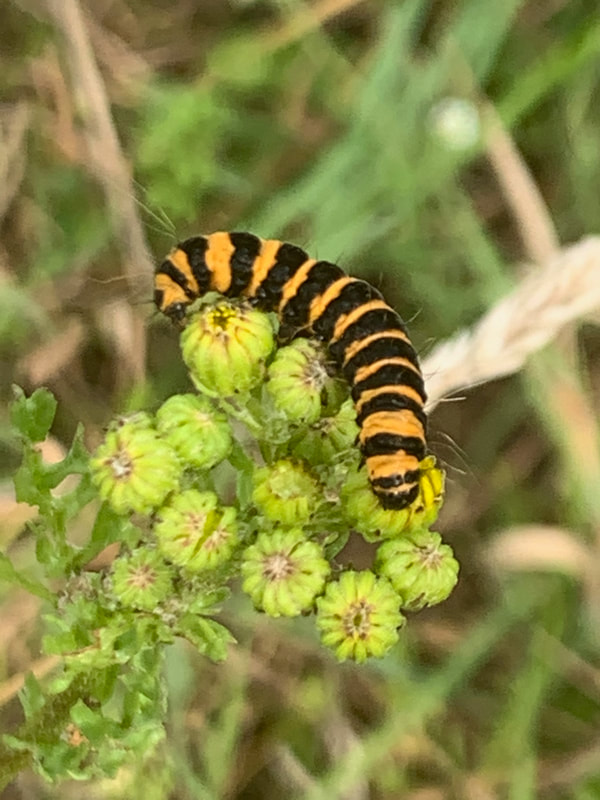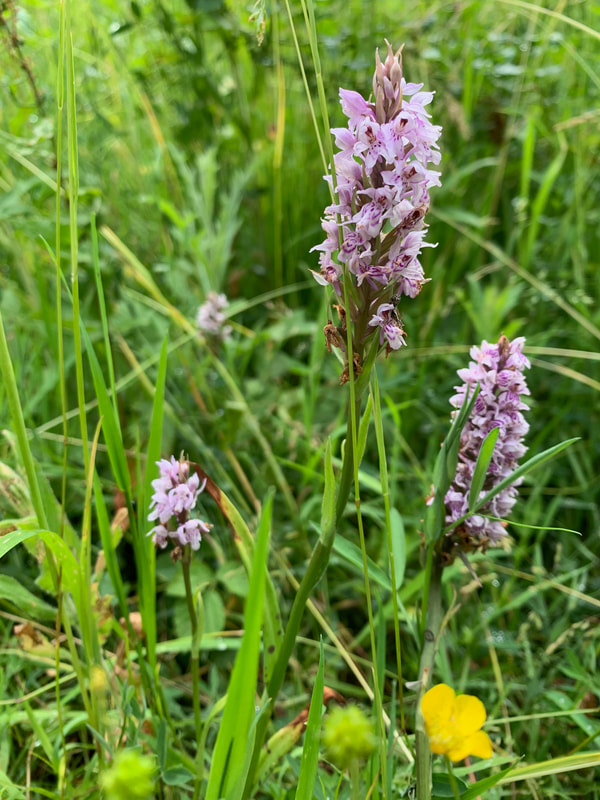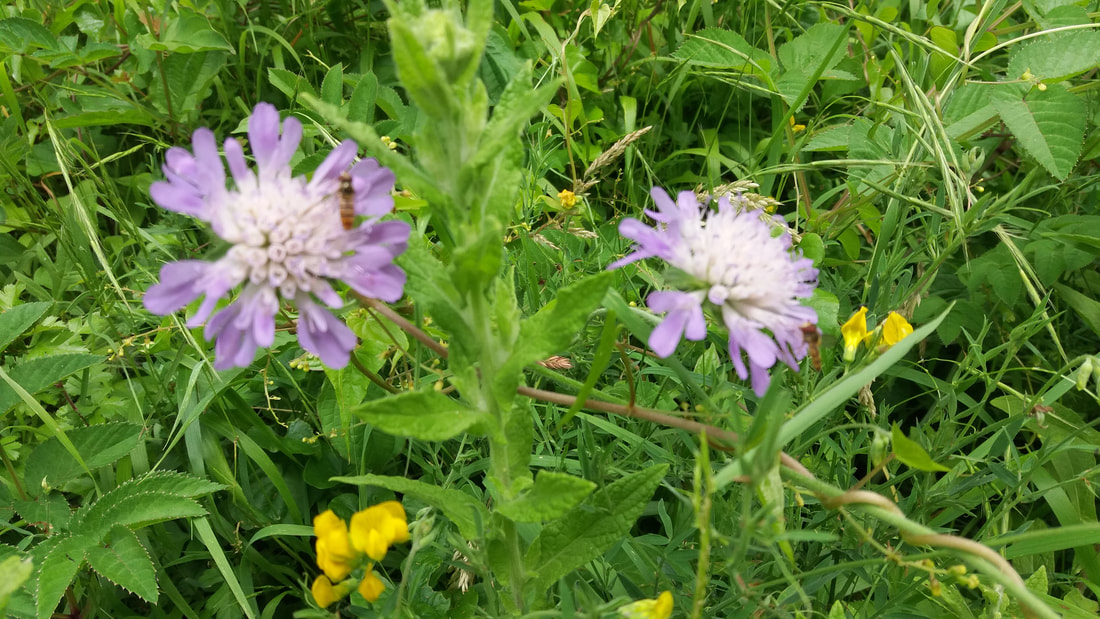Wildlife to watch in July
|
Cinnabar moth caterpillar and Ragwort The brightly coloured Cinnabar moth caterpillar can strip the yellow flowered Common Ragwort of all its foliage. As the caterpillars feed, poison from the Ragwort leaves are stored in the caterpillars body and even remain when they are an adult moth. Any birds or other predators that ignore the caterpillars bright warning sign will be repulsed by how foul they taste. Common Ragwort is found on verges, dunes and grassland. Alternative names include cankerweed, staggerwort and tansy ragwort. It is toxic to horses and cattle, causing liver poisoning if eaten in large enough quantities especially when it is cut with grass then dried and fed as hay. |
Common Spotted Orchid
|
The Common Spotted Orchid gets its name from its leaves which are green with purplish oval spots. The flowers range from white and pale pink through to purple, but have distinctive darker pink spots and stripes on their three-lobed lips. The flowers are densely packed in short, cone-shaped clusters. The Common Spotted Orchid is the most common of all UK orchids and the one you are most likely to see. It grows in many different habitats including woodland, roadside verges, hedgerows, old quarries, sand dunes and marshes; sometimes so many flowers appear together that they carpet an area with their delicate, pale pink spikes. It is in bloom between June and August. |
Also look out for
Field Scabious
|
Field Scabious is a tall, native perennial with hairy stems, the flower is a dainty lilac-blue bloom on the end of a long stem. The flowers are very attractive to butterflies and insects. The plant prefers drier soils and sunshine, so look out for them in open grassland rather than on the edge of woodlands or shady spots. Field Scabious has a rough and hairy stem, similar in texture to scabby skin. This association probably led to it being used as a herb to treat scabies, mange and itches - the "scabiosa herba". The word scabies comes from the Latin word for "scratch" (scabere). |
Glow Worms
Despite the name, a Glow worm is actually a beetle. Males do resemble a beetle, while the females look more like the larvae. They are most often seen in the larval stage as the adults are only around between June and July. The “glow” part of the name is relevant, for females at least, as they emit a bright orangey-green light to attract males.
Glow worms can be found in a range of habitats in the UK including woodland and grassland, but studies have shown that their numbers have decreased.
Glow worms can be found in a range of habitats in the UK including woodland and grassland, but studies have shown that their numbers have decreased.
Go to next month's wildlife



